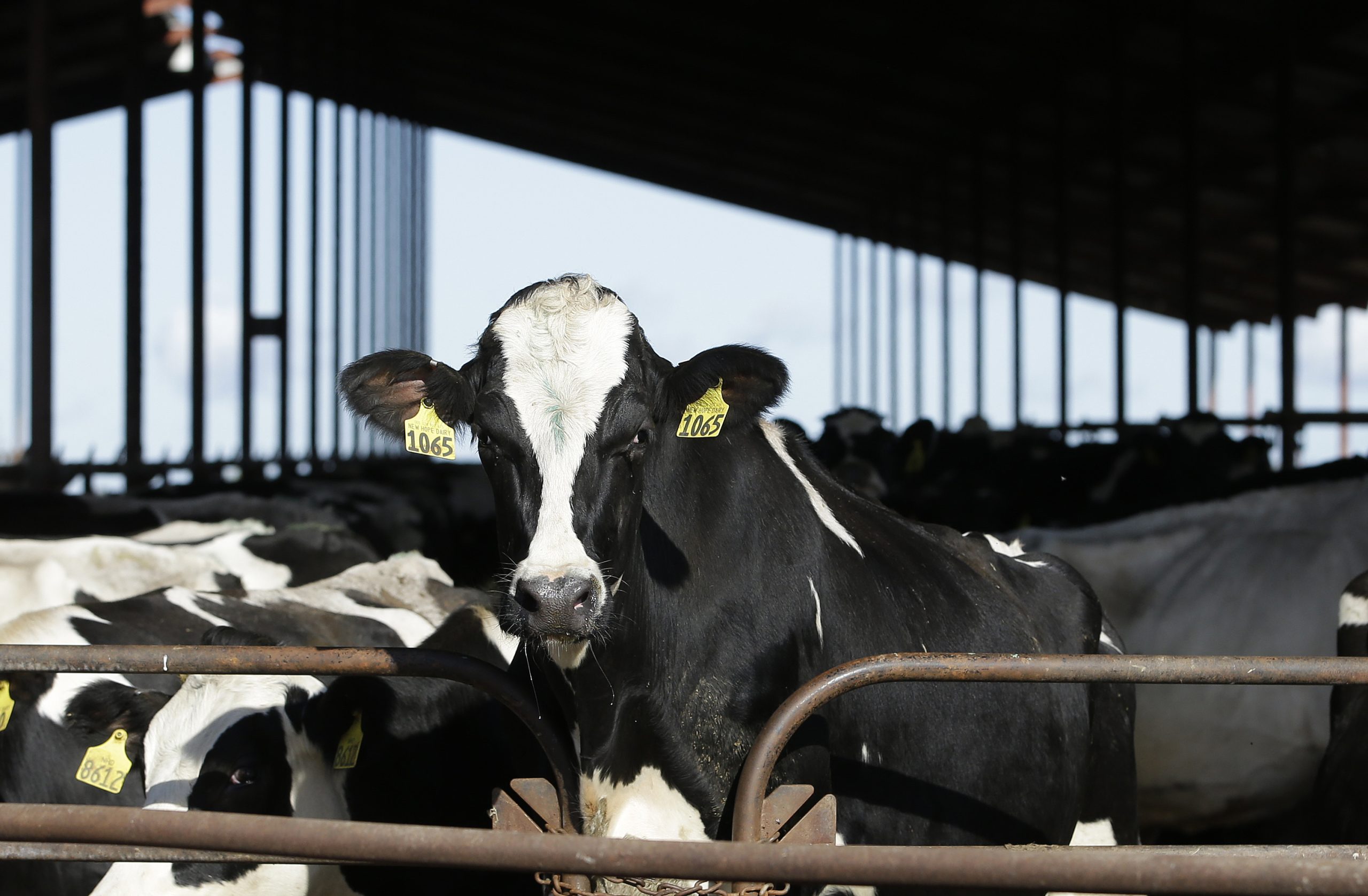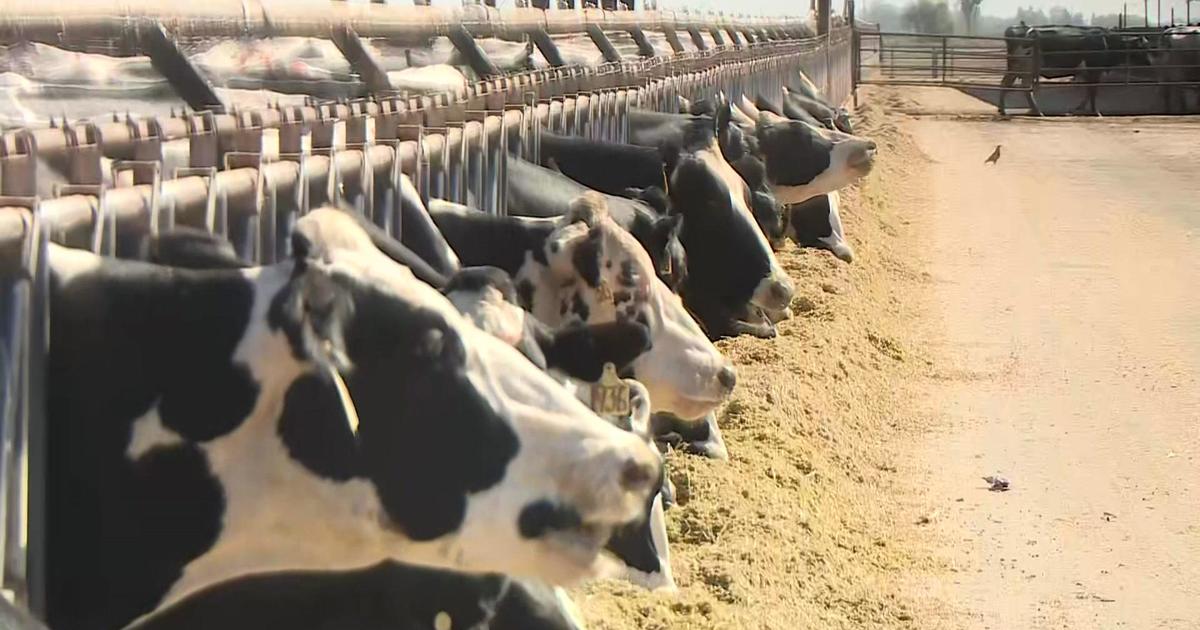Health officials in the United States are sounding the alarm over a potentially dangerous situation as avian flu spreads through California, a major dairy-producing state, just as flu season is approaching. Public health experts have long recognized avian flu as a significant pandemic risk to humans, and the recent increase in infections among dairy workers raises serious concerns. The overlap of seasonal influenza complicates the ability to track avian flu, creating fears that the two viruses could combine into a new strain capable of human transmission.
The California Department of Public Health (CDPH) reported the first presumptive human infection of avian flu on October 3, and since then, 11 infections have been confirmed, all linked to direct contact with infected dairy cattle across nine farms. Although CDPH has stated there is currently no evidence of human-to-human transmission, the situation is precarious. Experts highlight the urgency of monitoring and responding effectively to prevent further spread.
California’s response to the avian flu outbreak is critical due to its status as the largest dairy state in the U.S., with over 1.7 million cows. The state has faced significant challenges, with the avian flu detected on 105 dairy farms since August. Public health experts warn that the potential for the virus to mutate and become more transmissible in humans is a serious risk that must be addressed swiftly.
Despite reports of increasing infections among dairy workers, testing efforts have been limited. Between March 31 and October 14, only 25 individuals in California have been tested for avian flu, which raises concerns about the state’s surveillance capabilities. With a large workforce of over 17,500 dairy workers in the Central Valley, the need for robust testing and monitoring is critical to understand the outbreak’s extent and prevent further infections.

To mitigate risks, the CDC has set aside more than 100,000 doses of seasonal flu vaccine for states experiencing avian flu outbreaks, with 5,000 doses earmarked for California dairy workers. This vaccination campaign aims to reduce the incidence of seasonal flu symptoms, making it easier for health workers to identify potential avian flu cases. The strategy is designed to prevent the reassortment of viruses that could lead to more virulent strains.
California’s public health response is informed by lessons learned from past pandemics, particularly COVID-19. The state has mobilized resources to enable quick detection and management of human infections, emphasizing proactive measures that have resulted in faster identification of cases among farmworkers. Antivirals are being distributed to those who test positive, along with recommendations for close contacts to monitor their health closely.
Critics, however, argue that California’s response lacks essential data on human avian flu infections. Key information, such as symptom onset dates and the timing of tests, has not been consistently reported. This lack of transparency makes it challenging to assess the outbreak’s scope and potential risks. Public health experts call for more comprehensive testing and reporting to understand better the transmission dynamics at play.
On the animal health side, California has implemented extensive testing on dairy herds, with over 350 dairies involved in bulk milk testing to detect infected cattle. While state officials express optimism about the effectiveness of these measures, some farmers have shown reluctance to allow public health officials onto their farms for testing, citing financial pressures and concerns about operational disruptions. This reluctance may hinder broader surveillance efforts critical to managing the outbreak.
Leveraging technology developed during the COVID-19 pandemic, California health departments are employing various strategies to facilitate communication and coordination. Initiatives include using an IT system to consolidate health information and conducting outreach to promote seasonal flu vaccinations within the dairy community. These efforts aim to foster a collaborative environment where both dairy workers and employers are engaged in addressing avian flu risks.
In conclusion, California is facing a complex public health challenge at the intersection of avian flu and seasonal influenza. With an urgent need for robust surveillance, comprehensive testing, and effective vaccination strategies, officials are working to manage the outbreak among dairy workers. Collaborative efforts, informed by past pandemic experiences, are essential to mitigate potential public health risks and protect vulnerable populations.
